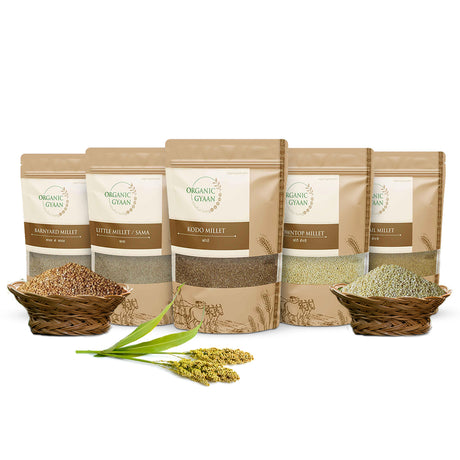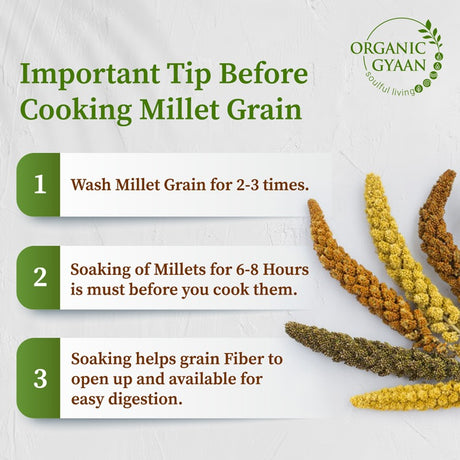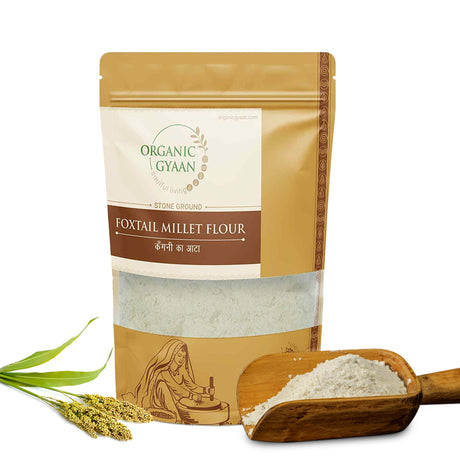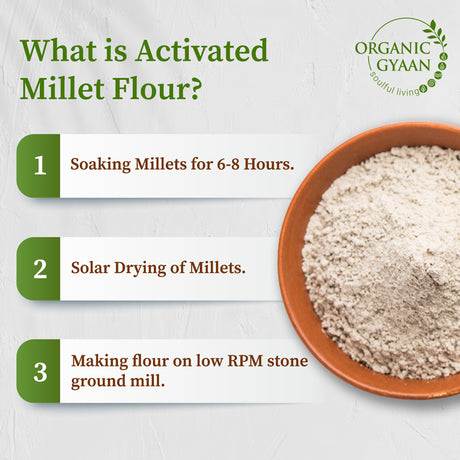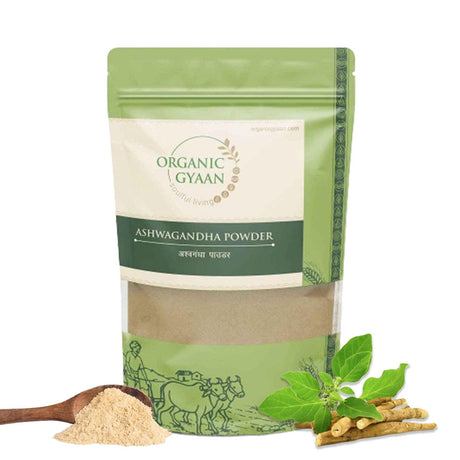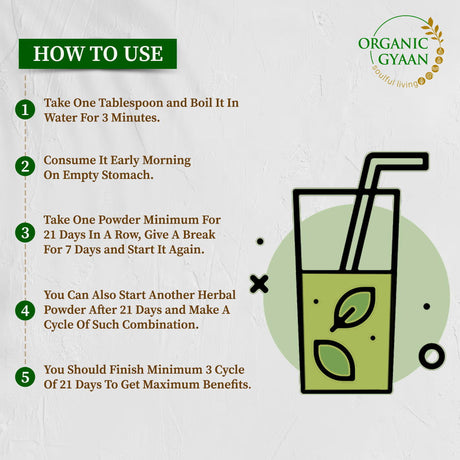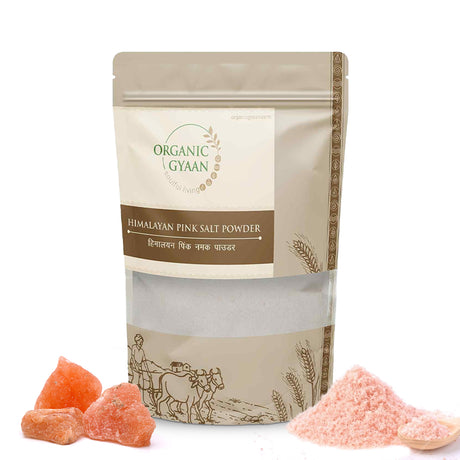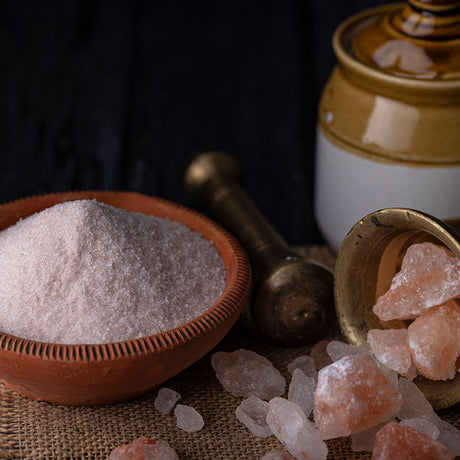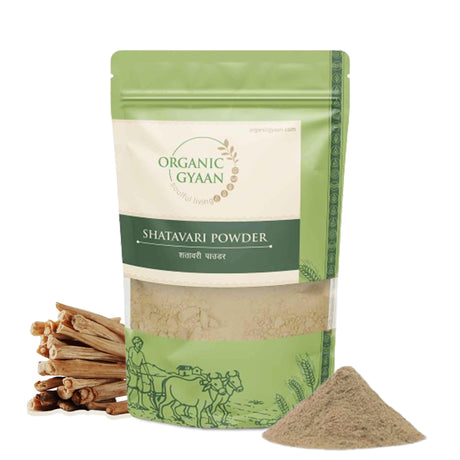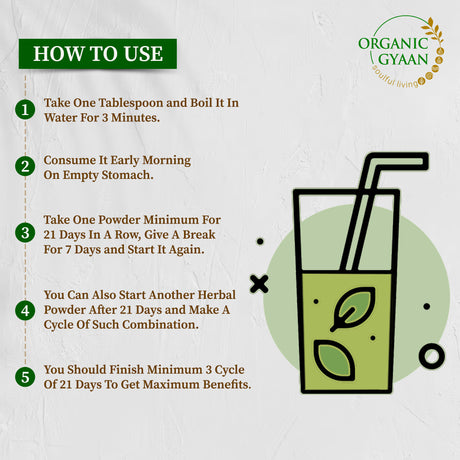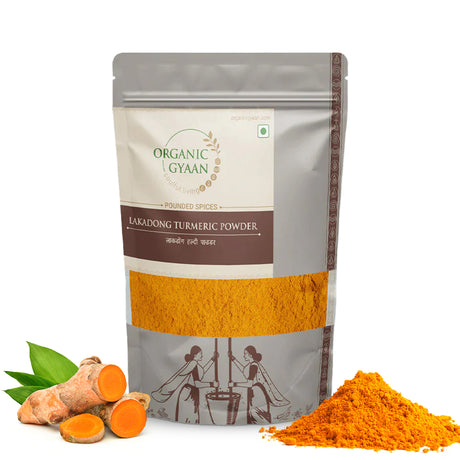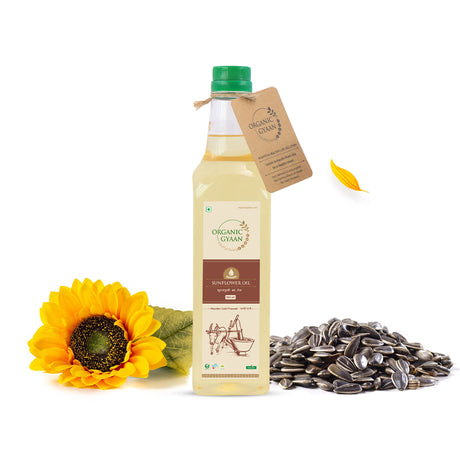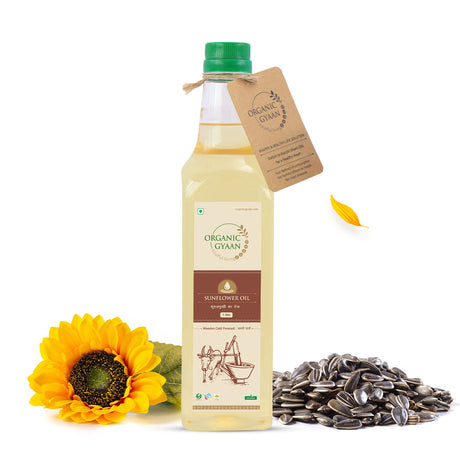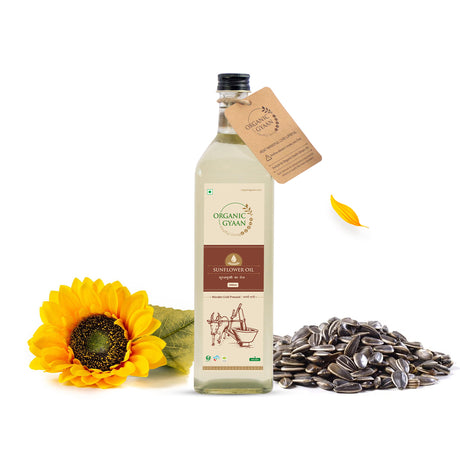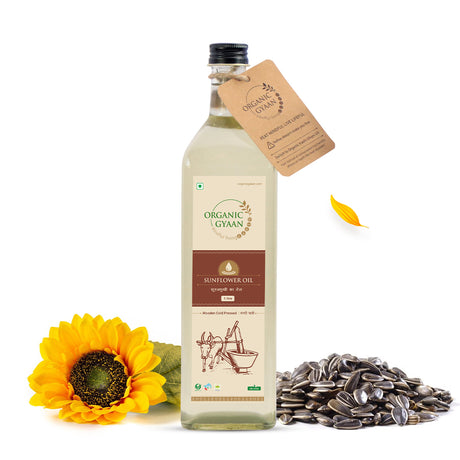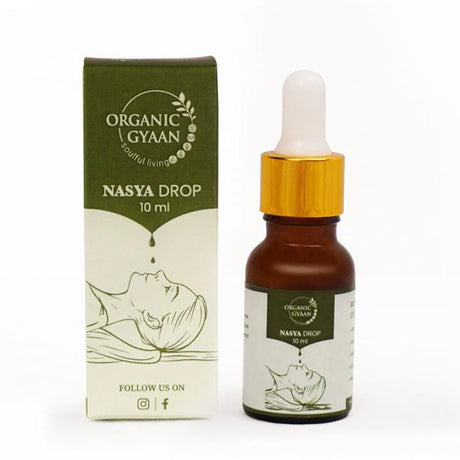Prediabetes is your body’s gentle warning sign. It means your blood sugar is higher than it should be—but not high enough to be diagnosed as type 2 diabetes. The good news? With a few smart changes to your daily eating habits, you can stop it in its tracks—and maybe even reverse it.
That’s where the right prediabetes diet comes in. This isn’t about strict rules or giving up everything you love. It’s about eating mindfully, choosing whole foods, and creating balance on your plate.
In this guide, we’ll walk you through the best diet for prediabetes, the most helpful foods for prediabetes, and what to reduce or avoid. Let’s make healthy eating easy and enjoyable.
Understanding Prediabetes
If you’ve been told you have prediabetes, it simply means your blood sugar levels are elevated—but not yet in the diabetes range. This is your chance to make a few changes that could protect your health in the long run.
Studies show that with a balanced lifestyle and a well-planned prediabetes diet, it’s absolutely possible to return to normal sugar levels—and feel better overall.
What Should a Prediabetes Diet Look Like?
The best diet for prediabetes is rich in fiber, healthy fats, and lean proteins, while being low in added sugar and processed foods. It’s less about restriction and more about choosing foods for prediabetes that keep your energy steady and support your body’s natural balance.
Here’s a closer look at the foods to include in your everyday routine as part of an effective prediabetes diet:
Foods to Include in a Prediabetes Diet
1. Non-Starchy Vegetables
These veggies are light on calories but heavy on nutrition. Vegetables like spinach, broccoli, okra, cauliflower, and capsicum are full of fiber and antioxidants that help slow sugar absorption and keep your blood sugar levels steady. Adding them to your meals as stir-fries, soups, or steamed sides is one of the easiest ways to improve your prediabetes diet.
2. Whole Grains (Especially Siridhanya Millets)
Whole grains like brown rice, siridhanya millets (such as foxtail, kodo, browntop, little, and barnyard) digest slowly and give you long-lasting energy. They’re rich in fiber, naturally gluten-free, and help keep you full without raising your blood sugar quickly. These are some of the most effective foods for prediabetes and make a great base for your prediabetes diet.
3. Legumes and Pulses
Simple foods like moong dal, chana, rajma, and masoor dal are loaded with fiber and protein. These help balance sugar levels and keep you satisfied for hours. Adding a bowl of dal or sprouted legumes to your meals can do wonders for digestion and energy, making them an excellent part of the best diet for prediabetes.
4. Low-Glycemic Fruits
You don’t have to give up fruit! Just pick the ones that are gentle on your sugar. Fruits like guava, apples, berries, pears, and jamun digest slowly and provide essential vitamins without spiking blood sugar. Enjoy them whole (not juiced) as a snack or part of your prediabetes diet.
5. Nuts and Seeds
A small handful of almonds, walnuts, flaxseeds, or pumpkin seeds each day adds a dose of healthy fats and protein to your diet. They help reduce cravings, support heart health, and keep your sugar levels balanced. These are simple yet effective foods for prediabetes to include in your daily meals.
6. Healthy Fats
Fats are your friends—when they come from the right sources. A2 Bilona Ghee and cold-pressed flaxseed oil are especially beneficial. These healthy fats help slow down digestion, reduce sugar spikes, and keep you fuller for longer. Other good options include cold-pressed coconut oil, sesame oil, groundnut oil, and avocados. Use them in moderation as part of a wholesome prediabetes diet.
7. Fermented Foods
Fermented foods are a blessing for your gut—and your blood sugar. Ambali (a fermented millet-based drink) and kanji (a probiotic-rich fermented drink made from black carrots or beets) are excellent additions to your daily routine. Homemade curd and buttermilk also support gut health, reduce inflammation, and improve digestion. These probiotic-rich items are powerful foods for prediabetes that promote long-term balance.
Foods to Limit or Avoid
While some foods for prediabetes support stable blood sugar, others can make it harder to stay balanced. Here’s what to cut back on:
1. Refined Sugar and Sweets
Pastries, sweets, chocolates, and sugar-filled drinks may taste great, but they quickly raise your blood sugar and often leave you craving more. Try natural sweeteners like dates in small amounts, or simply reduce added sugar step by step.
2. White and Refined Carbohydrates
Foods like white rice, white bread, maida-based snacks, and sugary breakfast cereals break down fast and cause sugar spikes. Swap them for whole grains or millets that digest slowly and support better energy—an essential part of the best diet for prediabetes.
3. Fried and Processed Foods
Packaged snacks, fried foods, and fast food are usually high in unhealthy fats, salt, and hidden sugars. They can cause inflammation, weight gain, and worsen insulin resistance. Choosing roasted or steamed snacks is a healthier option within a prediabetes diet.
4. Sugary Beverages
Soft drinks, fruit juices, sweetened teas, and energy drinks may seem harmless but are packed with sugar. Even natural juices can be high in fructose without the fiber. Water, lemon water, or herbal teas are better choices.
A Simple Daily Meal Flow for Prediabetes
Here’s a sample routine to keep things simple and steady:
- Morning (Empty Stomach): warm water with fenugreek seeds with soaked ambli
- Breakfast: Moong dal chilla / millet upma
- Mid-Morning Snack: A seasonal fruit or a handful of soaked and peeled nuts (like almonds or walnuts). These are easy on digestion, nutrient-dense, and help curb hunger without spiking blood sugar.
- Lunch: Millet + dal + sabzi + curd
- Evening Snack: Herbal tea + roasted chana or peanuts
- Dinner: Millet roti + steamed veggies + soup or khichdi
- Optional Bedtime: Enjoy a cup of Golden Milk Masala at bedtime to calm the body and support recovery while you sleep—an easy, nourishing blend of turmeric, spices, and wellness.
Lifestyle Tips to Go Along With Your Diet
- Eat on time and avoid skipping meals
- Walk for 10–15 minutes after meals
- Stay hydrated—aim for 2.5 to 3 liters of water
- Manage stress with yoga or deep breathing
- Sleep well—at least 7–8 hours per night
Final Thoughts: Prediabetes Is a Chance, Not a Curse
Being diagnosed with prediabetes doesn’t mean you’re stuck with it forever. It simply means your body is asking for a reset—and you have the chance to respond with kindness, awareness, and better habits.
By following a balanced prediabetes diet, eating whole foods like Siridhanya millets, cutting down on sugar, and moving your body regularly, you can take control of your health, avoid medication, and feel better every day. These smart food choices are not just the best diet for prediabetes—they’re a lifestyle for long-term health.


